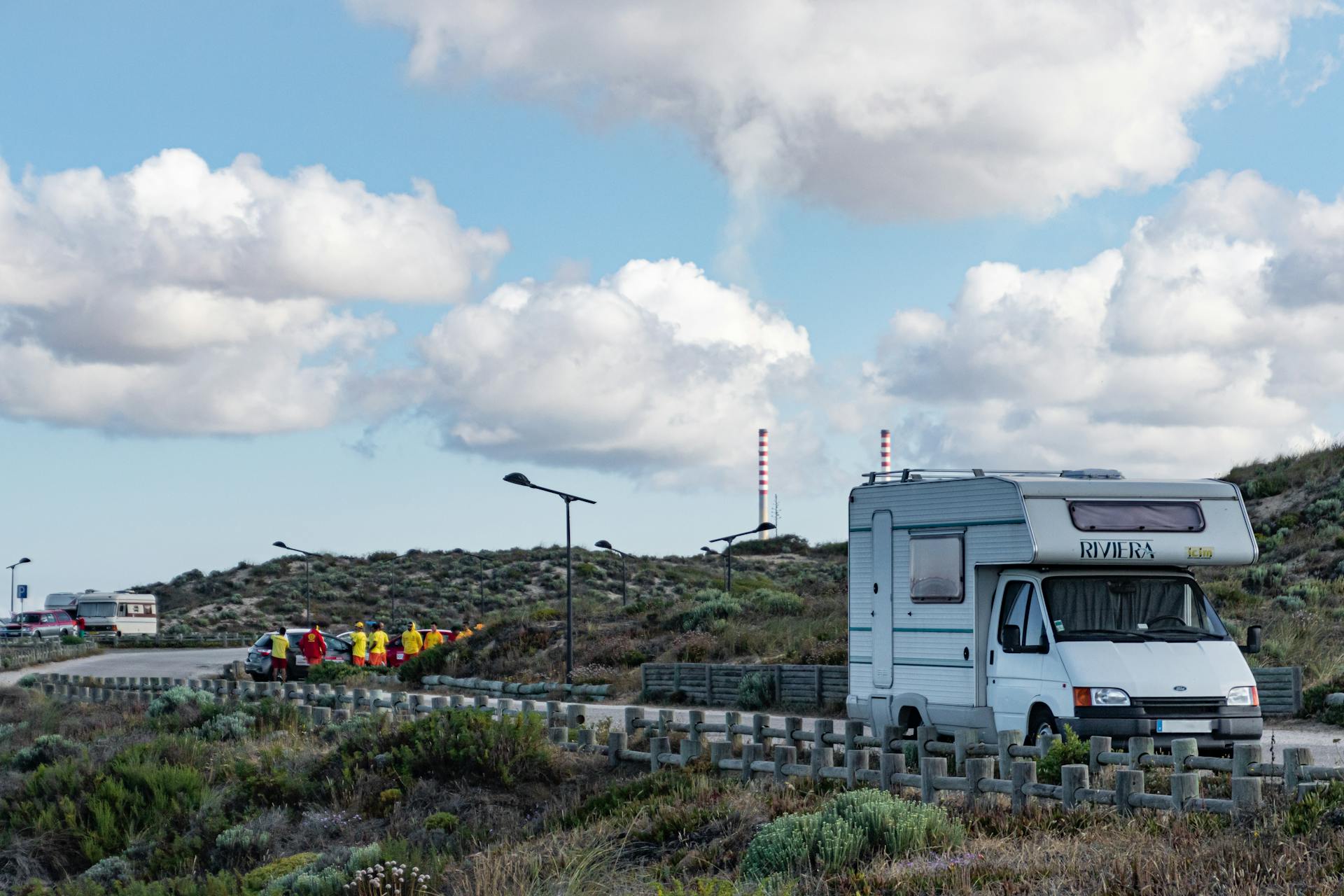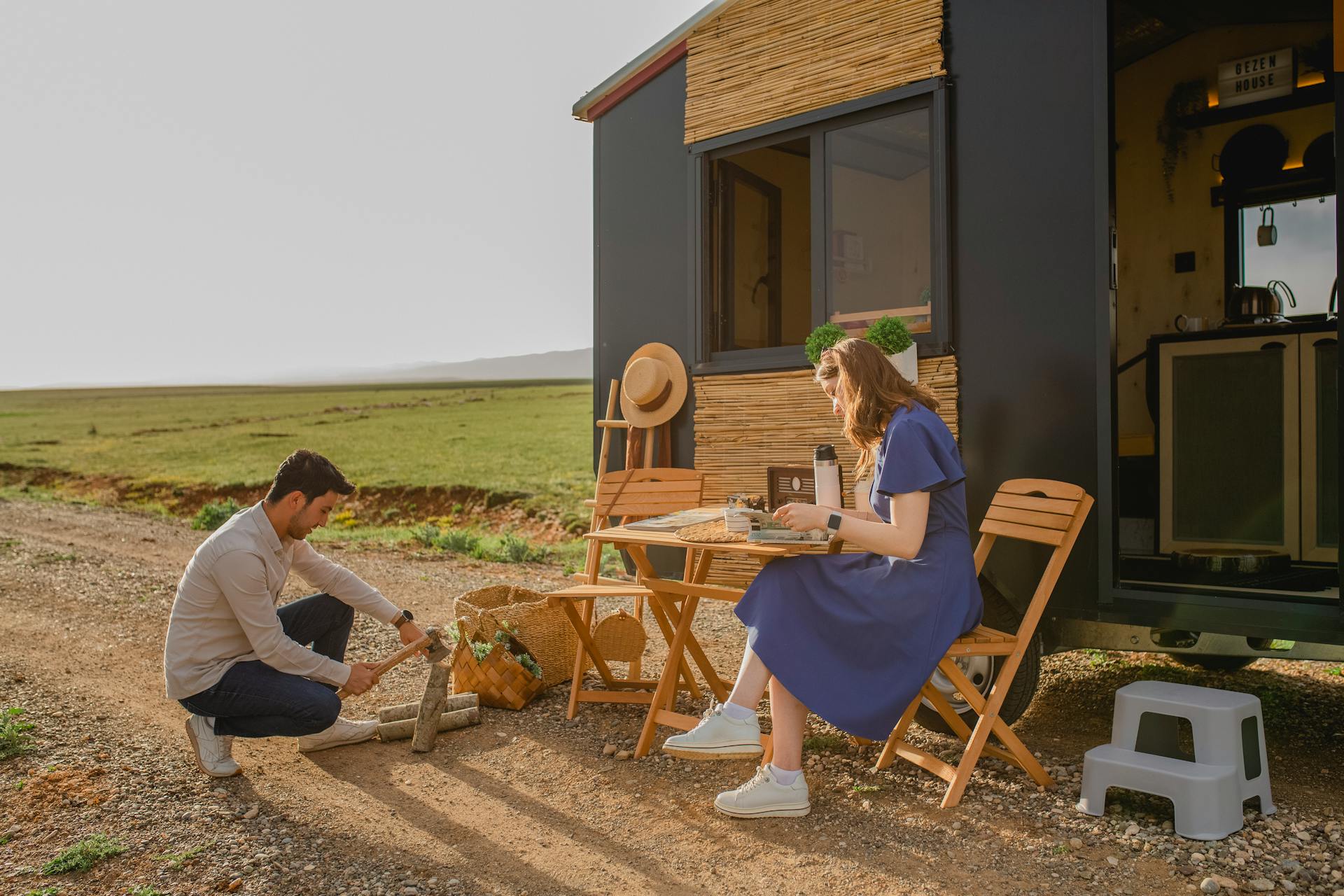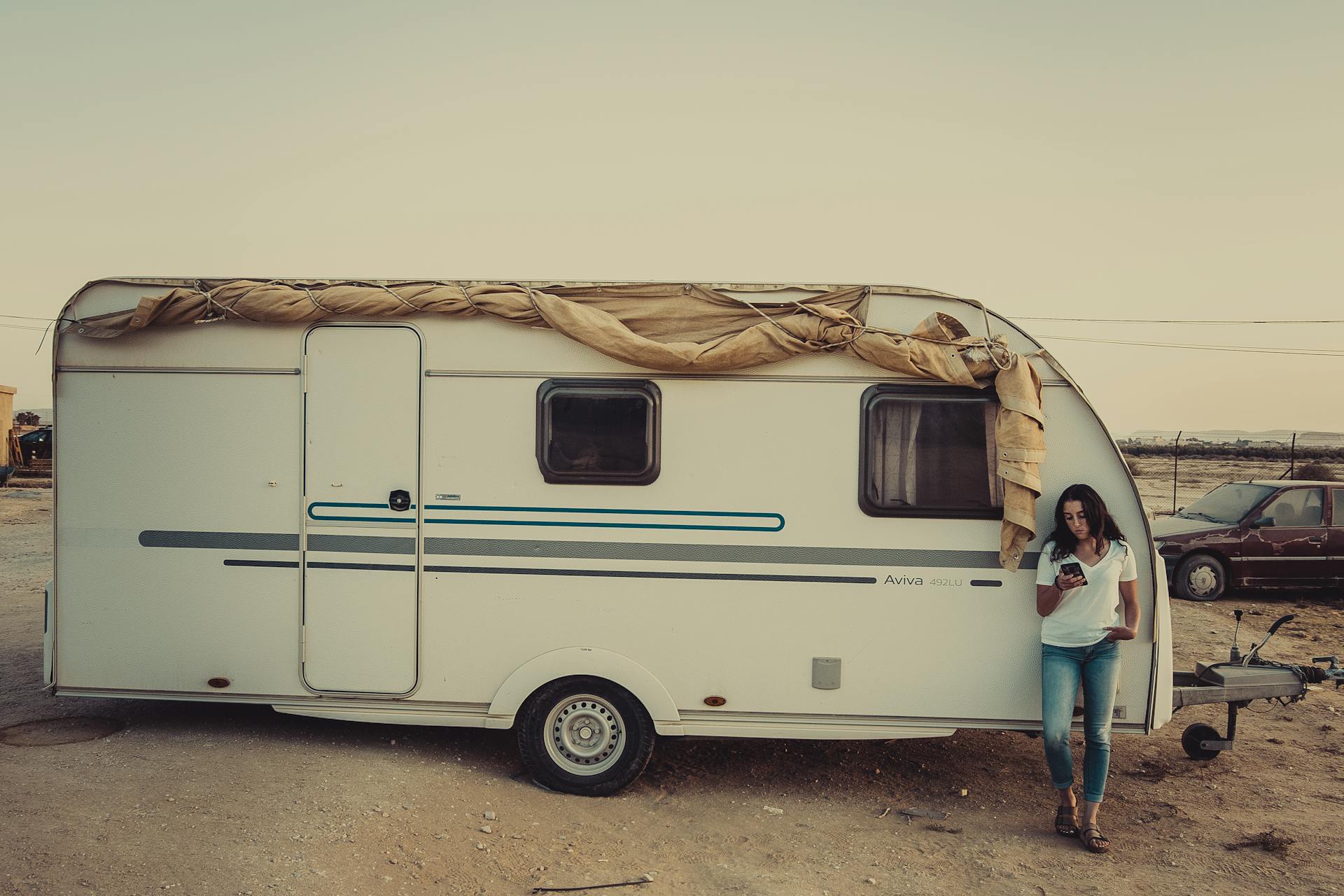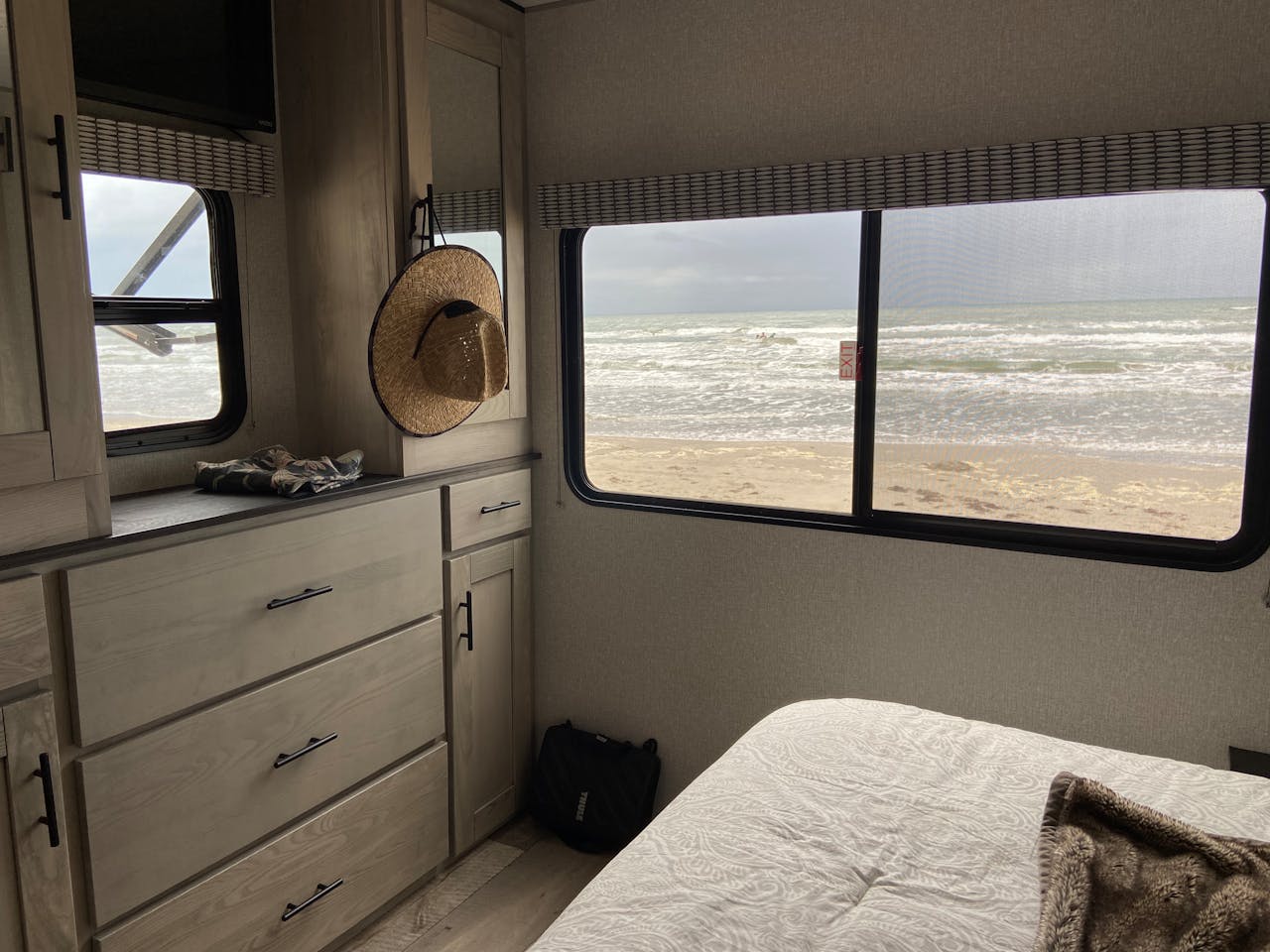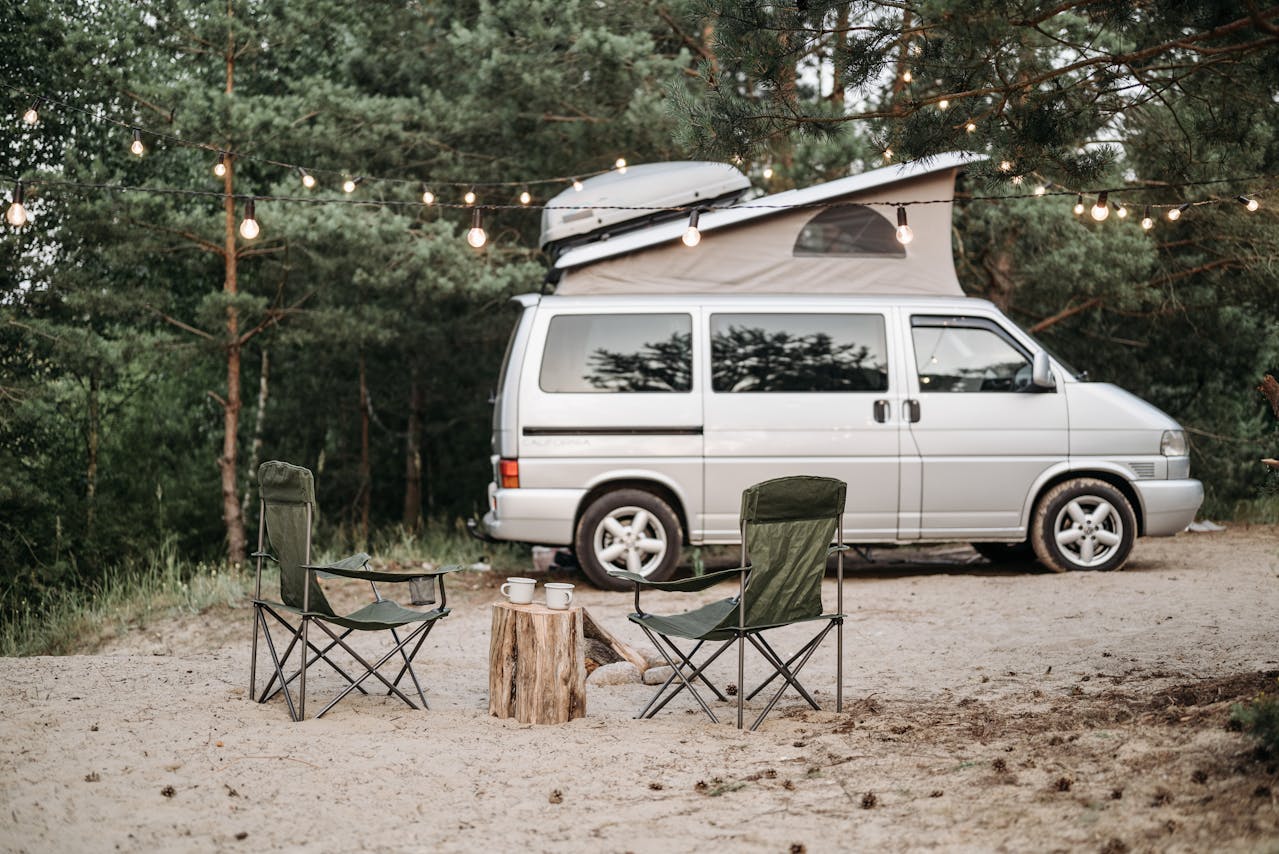Differences Between RV classes – Full Guide
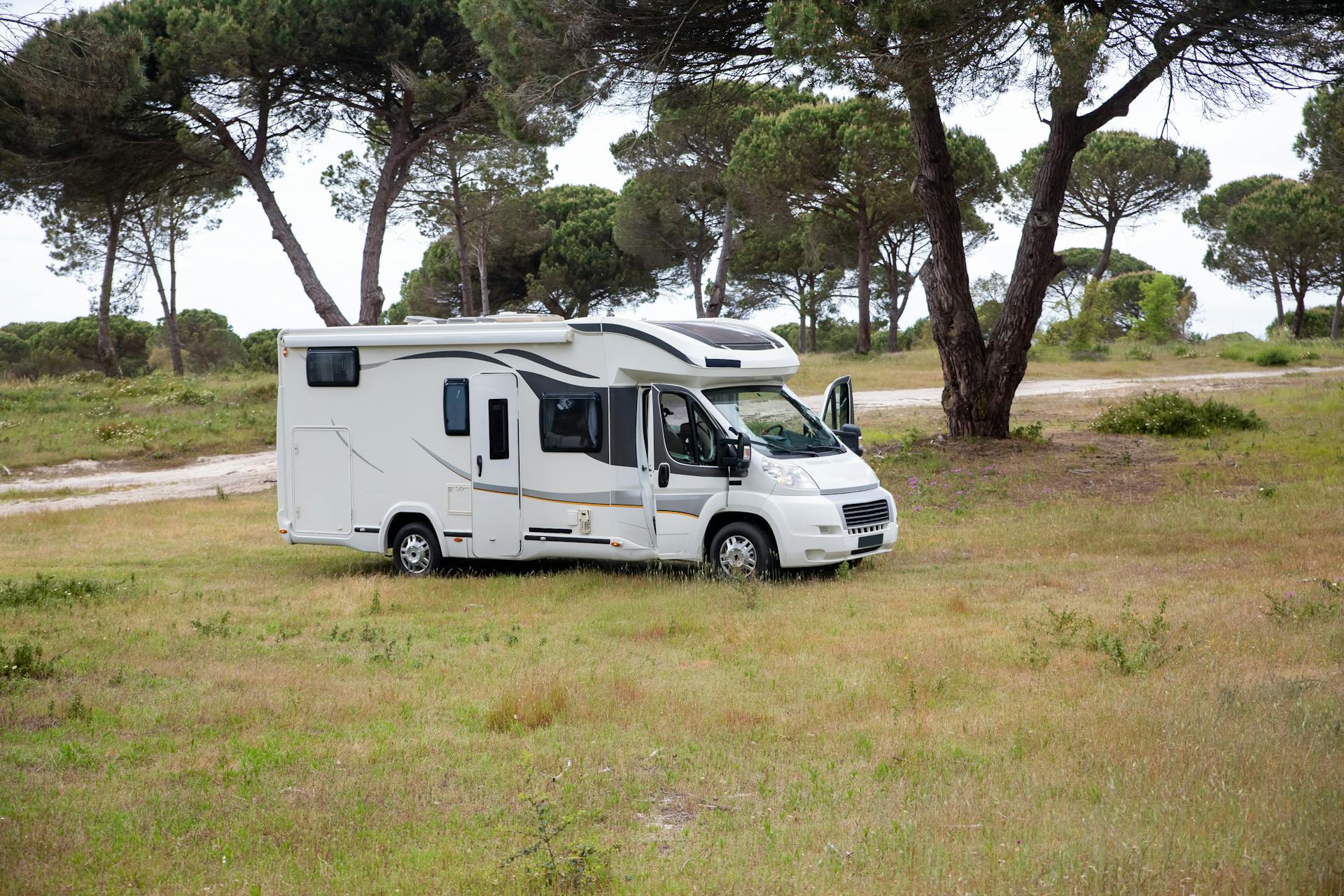
Welcome, fellow road travelers, no matter your size or style. It’s often said that variety adds flavor to life, and you can see that clearly when looking at the different types of RVs.
There’s an RV out there for everyone.
That’s what makes the RV community so interesting and diverse.
From simple vans for the adventurous types to large, luxurious Class-A vehicles, the world of RVing is filled with all sorts of styles and personalities, just like any other outdoor hobby.
It’s important to understand the differences between the various RV types and classes.
Whether it helps with your decision to buy, gives you something to talk about with fellow campers, or just helps you understand my RV-related humor, it’s all worth exploring.
The point is, I’m here as your RV expert, ready to share the knowledge you need.
No more wondering—
This is your guide to the Class A-B-Cs of RVs. (I promise that pun will make more sense later)
Difference Between RV Class and RV Type
Learning RV terms can be tough at first, but it gets a lot more fun once you understand them.
When you’re new to RVing, all the jargon might feel a bit confusing.
RV class is a general term that groups motorhomes or trailers based on their size, chassis, and features.
You’ve probably heard terms like Class A, B, or C, which all fall under this classification.
RV type goes a step further and breaks down the designs and layouts within these classes.
For example, it includes specific types like fifth wheels, travel trailers, and toy haulers.
While RV class gives you an idea of the overall size and purpose, RV type focuses on the details, like the specific layout and features.
It’s not just a different category; it’s a deeper way to understand RVs.
Knowing both terms is important when you’re picking the right RV for your travels.
Classifications of RVs
Now that you understand the different categories, let’s take a closer look at the specific types of RVs.
Each type has its unique features, advantages, and disadvantages.
Knowing these will help you choose the one that’s right for you.
Here’s what we’ll talk about next:
- Class A RVs
- Class B RVs
- Class C RVs
- Fifth Wheels
- Travel Trailers
- Toy Haulers
- Pop-Ups
Each type is designed for a different kind of traveler.
So, get ready to take notes and weigh the pros and cons…
Things are about to get more detailed!
Class A RV
Class A RVs are the true kings of the road.
They can be amazingly luxurious, offering all the comfort you could ever need.
But sometimes, they demand more space and attention than any traveler could expect.
Still, they’re the top choice for RV enthusiasts.
Built on a bus frame, Class A RVs are known for their huge space and luxury.
They’re perfect for people who live in their RV full-time or take long trips.
Retirees with extra time and money also love them.
Inside a typical Class A, you’ll find a large master bedroom with a king-sized bed, a full kitchen, and even amenities like washers and dryers.
The driver’s seat is elevated, giving you an amazing view of the road.
And honestly, what other vehicle could even compete with this size, except maybe a monster truck?
But all that space and luxury comes at a high cost.
Not only is the initial price steep, but ongoing expenses can add up quickly.
A new Class A RV can cost anywhere between $60,000 and $500,000.
Plus, they don’t get great gas mileage, usually about 6-8 miles per gallon.
They’re also tough to maneuver, more like driving a giant spaceship than a home on wheels.
I don’t see the appeal, but I’m not retired with a big nest egg!
If you’ve got the money to spend, a Class A RV offers the ultimate luxury.
But if you’re more about enjoying nature than living in a mobile mansion, maybe it’s better to downsize.
Class B RV
Class B RVs are camper vans, which could have a cool pop-up roof or be packed with features.
They can also be simple converted courier vans.
But if the van is made for camping, it’s considered a Class B RV.
Built on a van frame, these RVs are compact but surprisingly well-equipped.
Even a larger model with a smart, flexible design can still include a bedroom, bathroom, and kitchen.
Class B motorhomes are ideal for solo travelers or couples who value mobility and simplicity over space and luxury.
Driving one feels almost like driving a regular van, making it great for city driving and even some off-road paths, depending on clearance and weather.
The price is reasonable too! Newer Class B motorhomes can cost between $70,000 and $150,000, but secondhand ones are much cheaper.
You can often find a good deal for under $15,000 or even $10,000.
They’re also fuel-efficient, usually getting 18-25 miles per gallon.
That’s pretty good compared to other RVs.
The downside is limited space.
You’ll need to be creative with storage and living arrangements.
Couples will have to communicate well and have a lot of patience.
They’re not the best for long-term living.
After about 6 months in a Class B motorhome, or maybe up to a year, I’m ready for a bigger space.
But, I love them! Maybe I’m biased as a Class B fan, but to me, nothing beats the combination of maneuverability, affordability, and simplicity that lets you connect with nature.
And if a Class B or a bigger RV doesn’t work for you, there’s always the option in between.
Class C RV
Class C motorhomes are like the perfect middle ground in the RV world.
They combine the best of both worlds, offering a nice balance between the luxury of Class A motorhomes and the compactness of Class B models.
Built on a truck or van frame, Class C motorhomes have that classic RV look.
One standout feature is the extra sleeping space over the cab, which makes the most of the available space without making the RV too long.
This design makes Class C motorhomes a great option for families or small groups.
They offer a comfortable amount of space, plus they’re easy to drive.
Inside, you’ll find many of the same features as a Class A motorhome, but in a smaller, more affordable form.
Prices for Class C motorhomes vary.
As more people look for Class B models, the price ranges for Class Bs and Cs overlap.
However, higher-end Class C motorhomes can go above $150,000 or even $200,000.
When it comes to fuel efficiency, Class C motorhomes are somewhere in the middle, usually getting around 10-15 miles per gallon.
While they’re not great for daily driving, they offer that perfect balance of comfort, space, and driveability.
If you want something between the luxury of a Class A and the practicality of a Class B, a Class C motorhome is a great choice.
Fifth Wheel
Now, let’s talk about towable RVs.
Fifth wheels are a popular choice for people who want lots of space but don’t need a motorized RV.
These RVs attach to the bed of a pickup truck.
The main idea behind the fifth wheel design is to make towing easier and more stable.
They usually have a raised front area (often the master bedroom), while the rest of the RV is designed to offer a large living space.
It’s almost like having a small apartment on wheels.
The extra space is one of the biggest benefits of a fifth wheel.
Many models come with slide-outs that make the interior even roomier once set up.
This makes them great for families or people who live in their RV full-time.
The downside is that you’ll need a strong pickup truck to tow one.
And even though they’re stable, driving on anything other than a straight road while towing such a large RV can be difficult.
But once you’re set-up, you can hit the road and explore with your tough 4X4 truck!
It’s a high-maintenance lifestyle, but it’s the perfect combination of comfort and adventure.
Travel Trailer
Travel trailers are one of the most flexible types of towable RVs.
They look like smaller versions of fifth wheels, but there are a few key differences between the two, apart from their size and less interior space.
The biggest difference is in how they’re towed.
Travel trailers are pulled using your vehicle’s rear ball hitch, unlike fifth wheels.
This setup is simpler and works with more types of vehicles, not just pickup trucks.
Some lightweight travel trailers can even be towed by a regular mid-sized SUV!
However, there’s a downside: because of where the hitch is located, towing a travel trailer isn’t as stable.
While they’re easier to handle in tight spaces or when turning, they can feel less secure and may sway at high speeds or in strong winds.
On the plus side, travel trailers are usually cheaper than fifth wheels, and you can even find budget-friendly models.
Plus, the lighter ones tend to offer better fuel efficiency.
If you like the idea of setting up your RV at a campsite before heading out on adventures but find fifth wheels too large or expensive, a travel trailer might be the perfect choice for you.
Toy Hauler
Toy haulers are a special type of RV designed for people who want to bring their favorite outdoor gear along on their road trips.
These can include things like motorcycles, ATVs, or even a lot of fishing gear for those who love to fish.
A toy hauler is essentially an RV with a garage space at the back.
While many fifth-wheel RVs can also be toy haulers, not all of them are.
The key feature of a toy hauler is that it has this garage space.
This garage is usually at the back of the RV, with a ramp for easy loading and unloading.
The rest of the RV is made to be a comfortable living area.
Prices and gas mileage can vary because many types of RVs can be toy haulers.
But the main benefit is clear—you can bring your toys with you on your travels!
Of course, you’ll need a strong vehicle to tow an RV that carries another vehicle.
This can make towing a bit more challenging.
But if you’ve ever enjoyed stacking Matryoshka dolls, you might find the idea of RVception pretty fun.
Pop-Up
Pop-up campers are the most compact and affordable type of RV.
Often, you can find a pop-up trailer for a lower price than a Class B RV.
If you’re comfortable towing something, they are a great option for new RV owners.
These campers are lightweight and easy to tow.
When packed down, they take up much less space—sometimes less than half of their size when set up.
Once you set up camp, a pop-up opens up to reveal a surprisingly spacious living area.
They usually have soft sides made of canvas, which helps keep them light and easy to tow.
They come with basic amenities, and some even have a small bathroom, but they don’t offer the extra features of Class C or high-end Class B RVs.
For beginners, pop-ups might be the perfect choice.
They’re affordable, easy to store, and you can still use your regular vehicle.
That said, think carefully about where you’ll be traveling with your pop-up.
The canvas sides don’t provide much insulation and can be a problem in bad weather.
A pop-up might not be the best option if you’re planning to travel in snowy or extreme conditions.
What Type of RV Should We Purchase?
Choosing the right RV depends on your needs, lifestyle, and budget.
Are you looking for a small RV for quick weekend trips?
Or do you need a larger one for full-time living?
Do you prefer the flexibility of towing, or the convenience of parking easily?
These are important questions to think about.
Another factor to consider is how much you’re willing to spend.
This includes not just the RV price but also costs for fuel, maintenance, and campsites.
Keep in mind that bigger RVs often come with higher camping fees in many places.
If you’re new to RVs, I suggest renting one first.
There are many options, including platforms like Airbnb but for RVs.
Renting allows you to explore different sizes and styles to see what suits you best, without the long-term commitment.
It’s all about trying things out and finding what works.
Difference between Class A, B, and C RVs
“A” stands for Awesome. “B” is for Budget. And “C” means Cut Right Down the Middle.
Still not sure? Let me break it down for you.
A. Class A RVs are big and fancy motorhomes. They have lots of space and great features. Think of it like a house on wheels.
B. Class B RVs are smaller, easy to drive, and park. The living space is usually at the back, not over the front. Imagine a camper van.
C. Class C RVs are a mix of the two. They give you more space than Class Bs but are still easier to drive than Class As.
Which is Better: A Class B or C RV?
There isn’t one clear answer to that question. It depends on what you prefer and need.
Class B RVs are great for solo travelers or couples.
If you like to move around easily, park quickly, and save on fuel, Class Bs are a good choice.
On the other hand, Class C RVs give you more living space and extra features.
They’re perfect for families or couples who want a little more space. The C could even stand for Comfort.
Final Thoughts
By now, you should have a good idea of the different types of RVs.
You can always come back to this page anytime if you need a refresher.
I’ll be here, ready with more helpful info.
But in the end, it comes down to what works best for you.
I prefer a Class B RV. I love the freedom and flexibility of smaller RVs, especially when driving on narrow dirt roads or through crowded cities.
Of course, that’s not for everyone. Some families like the space in a bigger Class A or C RV.
Others might want to park their trailer and take their 4×4 off-roading.
There’s no one-size-fits-all in RVing.
And that’s what makes it so enjoyable.
There’s so much variety, and we RVers are lucky to have plenty of options.
Try different things. Have fun. If you haven’t bought an RV yet (or just want to try something new), consider renting one for your next trip.
Don’t be afraid to step out of your comfort zone.
Life’s more fun when you break the rules.
After all, would it be as exciting if we always played it safe? Hit the road and enjoy the ride! 😉

